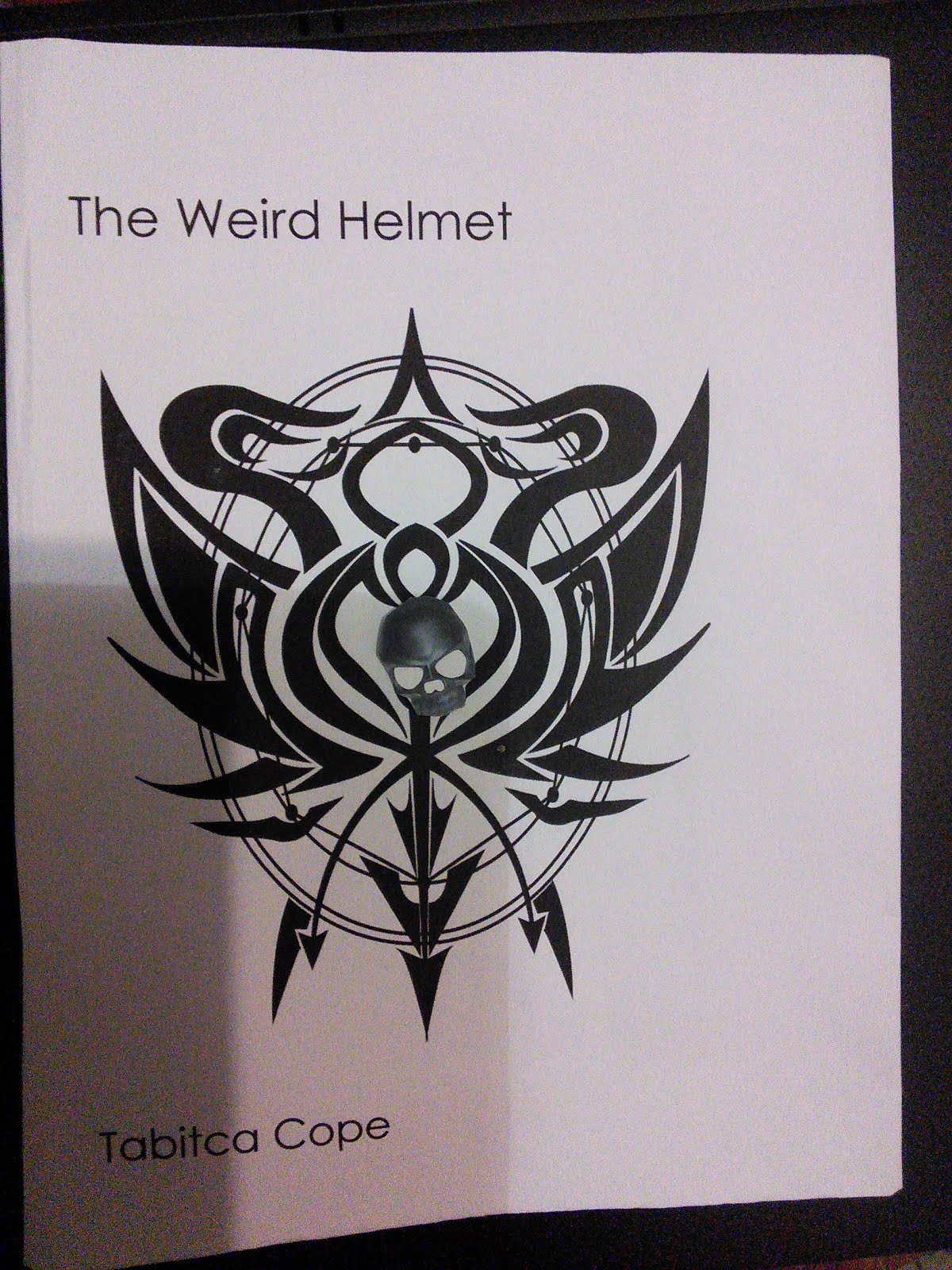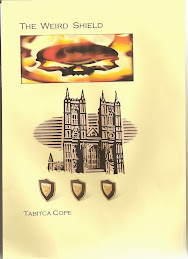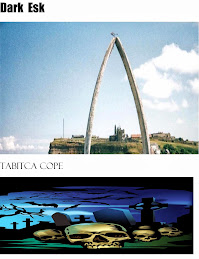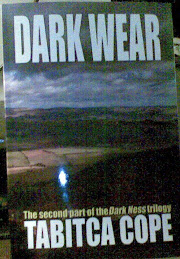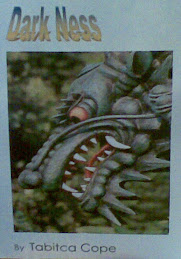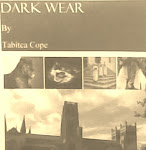Grisly find as ‘big cat’
is caught
on camera
By Hector Mackenzie
Published: 29 April, 2011
A GRISLY find in Ross-shire and an intriguing image captured on camera has further fuelled speculation that a big cat is on the prowl.The sighting of a large, cat-like beast stopped Tain sisters Lisa and Alana Sydenham in their tracks as they were out driving near Embo on Wednesday night. Meanwhile on the Black Isle, the stripped-to-the-bone remains of a deer and large paw prints in the mud left another landowner pondering the possibility that a big cat is responsible.The latest revelations follow last week’s exclusive Ross-shire Journal story in which Easter Ross farmer George Ross, of Rheguile Farm, spoke of the savaging of 18 of his sheep since the beginning of the year.Lisa Sydenham (29), an administration and information technology student at Dornoch College, contacted the Journal yesterday after her sighting on Wednesday night. She had been driving with sister Alana (26) near Embo outside Dornoch when she caught sight of a large beast on the prowl.Lisa, who snapped the black creature with the point-and-shoot digital camera she was carrying around 8.30pm on Wednesday night, told the Journal, “It was definitely not just a large domestic cat or dog.“At first I thought it was a very large dog but from the way it was walking and the shape of its body I could tell that it was a big cat. It was quite a distance away over a field. My sister Alana and I were at first very surprised and then excited. I looked into it and found there had been another sighting in the area last September.“It looked and moved like a cat.“It spotted me and crouched down in the grass before walking off. We must have watched it for about five minutes in all.”
Read rest see pics here : http://www.ross-shirejournal.co.uk/news/fullstory.php/aid/8857/Grisly_find_as__91big_cat_92_is_caught_on_camera.html

